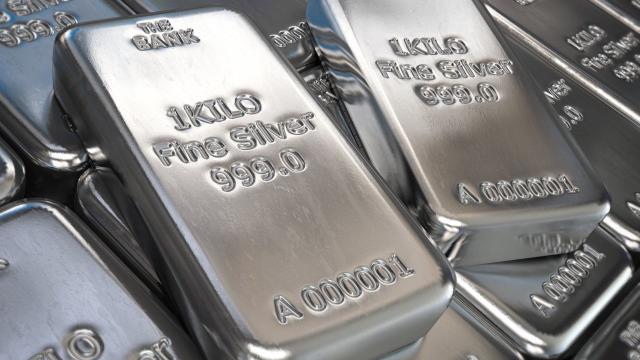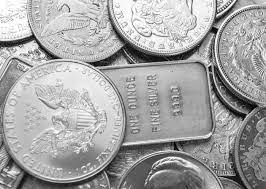What Factors Have An Impact On The Price Of Silver?
May 06, 2023 By Triston Martin
The price of silver is determined by supply and demand, much like gold and other precious metals. Because of its strong electrical conductivity, malleability, and antibacterial properties, silver has a variety of applications in industry, including those in medicine and electronics. On the other hand, there is a significant need for it in the solar energy and electric car industries as the world moves toward a more sustainable energy source.
According to the US Geological Survey, there have been discoveries of over silver worldwide 1.7m metric tons, but only 244,000 tons of gold have been found. This is even though both gold and silver have limited supplies. As a direct consequence, the price of silver has never surpassed $50 per Troy ounce, while gold has reached an all-time high of almost $2,000 per Troy ounce.
How is the price of silver determined?
LBMA is responsible for establishing the silver benchmark price in the United Kingdom. The daily meeting of LBMA members to agree on a price that matches buyers and sellers determines the fixed price. This pricing is often used for transactions involving bigger orders.
The spot price, often known as the "live" price, is primarily used to purchase and sell silver bullion. In addition, there is a market for silver futures, which are agreements to purchase and sell silver at a certain price on a certain day at some point in the future.
Because silver is priced in US dollars, the two commodities often move in the opposite direction of one another. Silver will become less expensive if the dollar's value falls against other currencies. This may lead to an increase in demand, which can lead to a rise in the price of silver.
How can you invest in silver?
You may invest in silver directly by purchasing silver in its native form or indirectly by purchasing an investment product based on silver.
Buying silver directly
Using the millesimal method, silver value is determined by its fineness or purity. The number describes the purity of the silver in terms of parts per thousand, with 999 representing fine or pure silver, 958 representing Britannia silver, and 925 representing sterling silver. The United Kingdom Royal Mint and several metal dealers make the following three primary kinds of silver accessible to customers:

Coins
The Britannia is the most popular currency that can be purchased from The Royal Mint, and the price of a Britannia coin that contains 999 pure silver and weighs one ounce is now £28. Residents of the United Kingdom are exempt from paying capital gains tax on silver Britannia coins since they are considered legal tender; nevertheless, unlike gold Britannia and Sovereign coins, these coins are subject to value-added tax.
Bullion bars
When most people think about purchasing precious metals, they think of bullion bars stored in bank vaults. The weight of a bar may range anywhere from one ounce to more than 10 kg. Stamps indicating the weight and degree of purity are placed on bullion bars.
Jewellery
When you purchase jewelry, you will normally pay a markup that is at least twenty percent greater than the worth of the silver it is made of and sometimes much higher than that. This markup is intended to compensate for the costs of design and production. If you know the weight and purity of the item, you can figure out how much of a markup there is by checking the current price of silver. This will allow you to compute the exact amount of the markup.
Buying exchange-traded products
Investing in silver, as well as in gold and other precious metals, may be done straightforwardly via the use of ETFs and ETCs. Some investors hold the silver in its actual form or via futures contracts, while others seek to imitate the performance of a more comprehensive index such as precious metals.
Compared to actively managed funds, which charge annual management fees of 0.5–1.0%, investing in exchange-traded funds (ETFs) is a relatively inexpensive way to track the price of silver and other commodities. ETFs charge annual management fees in the range of 0.1–0.2%.
Buying silver funds
Silver funds usually put their money into mining firms rather than the underlying silver itself. When there is an increase in the price of silver, there is a corresponding increase in the value of the income that mining businesses bring in.
One example of a fund focused on silver mining is the Jupiter Gold And Silver fund, which has generated a return of 49% over the last five years. Alternately, the more diversified Blackrock World Mining fund has produced an annualized return of 86% over the past five years.






